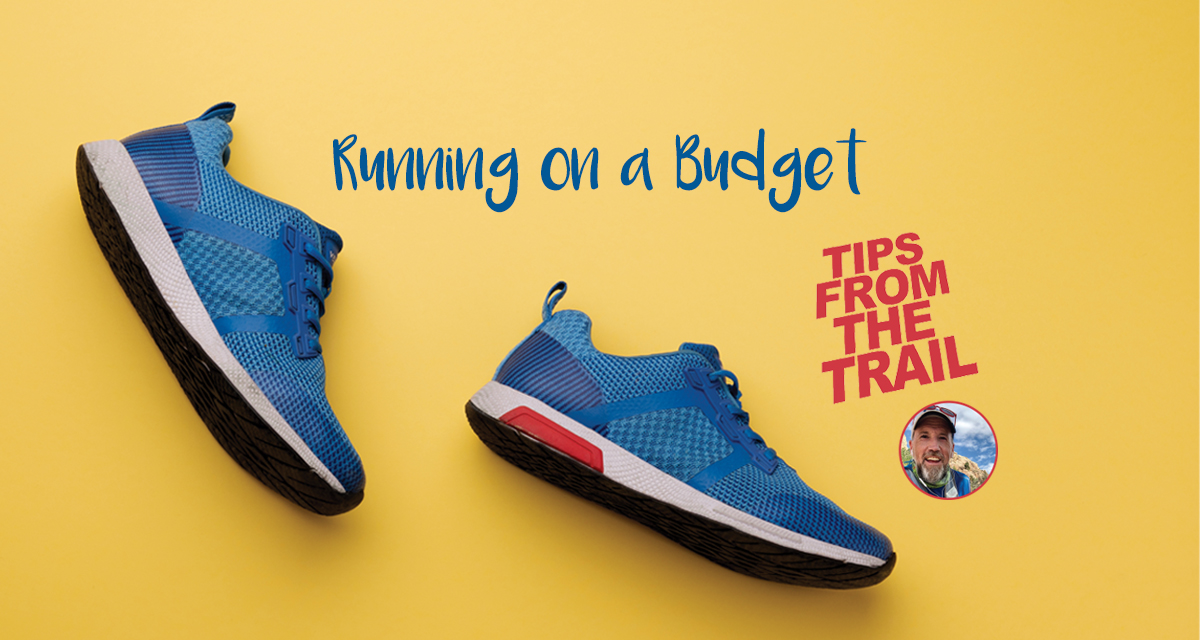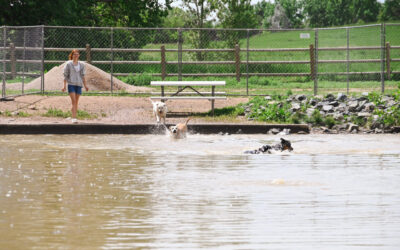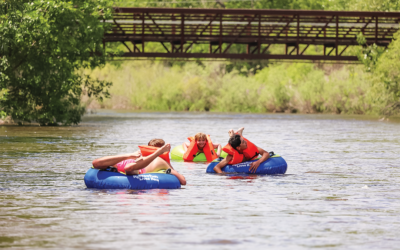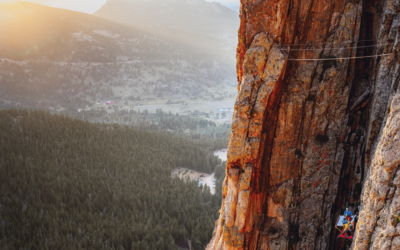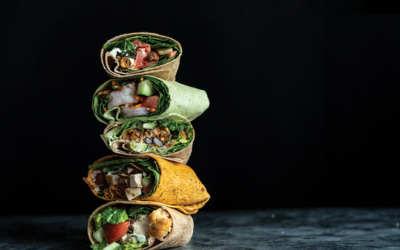We pay many prices for our fitness, most of them in the time we spend sweating when we could be eating donuts. But here’s something that doesn’t get talked about enough: Getting in shape can be expensive.
The returns are worth it, of course, and you could make the argument that what we spend now we probably save later in medical bills, diet plans or an ever-expanding wardrobe.
Still, races alone can be expensive. My entry into my 100-mile race this year cost me nearly $300. That doesn’t seem unreasonable to me—the race is literally supporting me for more than 24 hours with food, drink, a venue to run and emergency medical care if I—knock on wood—need it. But many other races can cost $100 or more for two hours of work.
So, I’ve put together a guide to help your budget withstandanother season of fitness. There are easier ways to save money, such as not racing this year, but I believe goals are super important in getting us out the door when all we want to do is stay in bed or eat that extra bowl of ice cream.
Switch out your shoes. Did you know your shoes need a break as much as you do in between workouts? Shoes need up to 24 hours to bounce back and stay in proper form to support your foot, according to a favorite running site, runtothefinish.com. Pounding those shoes when they’re not ready for it can break them sooner and cause injuries, too, making you spend even more money on doctor appointments.
You should have at least two pairs of running shoes at all times. You may even want to buy different shoes for different runs, such as a speed or track workout, a long trail run and five miles around a park on a hard sidewalk. All your shoes will last longer as a result. This remains true even if you do CrossFit or walk or a workout class in them.
Do what works. However, that doesn’t mean you should buy shoes every 300 miles. Many of these recommendations on when to replace your running shoes are given by—surprise!—shoe companies. I replace my shoes when my feet start to feel uncomfortable, not because some shoe company tells me to do it. Just don’t run through pain or, really, discomfort of any kind: That can cause injuries as well. You’ll know when it’s time to change your shoes.
Scour the Internet. Running shoes—which are what you should buy regardless of any cardio activity, as they offer the best support, I think—are expensive. That’s a hard fact. I strongly believe you should get fitted at a running store and buy the best shoe for you. This is not a time to go to Kohl’s. I haven’t been injured for years because I found a shoe that works for me. Having said that, the internet is full of great bargains, and if you can find YOUR shoe at half the price, it’s OK to skip the running store occasionally if you’ve been fitted and you find a brand that works for you. I like to support local businesses, and running shoe stores are typically local businesses run by people who love to run and do a lot for local races, so I go a couple times a year just because. But saving a little money is OK, too.
Save your race gear. I typically won’t buy running gear at running stores, however, and the reason for that is I get what I need through my races: I’ve scored free racing hats, gloves, water bottles, beanies, sunglasses and shirts, all of which I use as running gear. I’ve even received a few shirts made for colder weather. Sometimes other gear, such as jackets and shorts, come at steep discounts at races as well. I found sunglasses for $5 at a Loveland race. Race long enough and you’ll likely have everything you need for a running wardrobe. In fact, you’ll likely have too much, but I don’t consider that a problem, even if my fiancé does.
Race in your own state. Colorado has hundreds of wonderful races a year. I could literally race all year, every year, without ever leaving the state. Instate races can save you plane tickets, hotel rooms and several meals. I do believe, strongly, that destination races are important, even life-changing, as there’s nothing like racing in a new, beautiful location. But you can save the rest of your events for where you live.
Travel with others. You can save on hotel rooms by sharing rooms—and yes, I’ve shared rooms with females, as women who run races are just as serious as the guys, lending zero chance of a scandal—and car rentals. It’s probably best to share trips with your running partners, as everyone has a racing routine and it’s likely you’ve matched yours with your running friends. Traveling can test even the best friendships. But friends can make the best races even better. You’ll create memories as well as save money.


